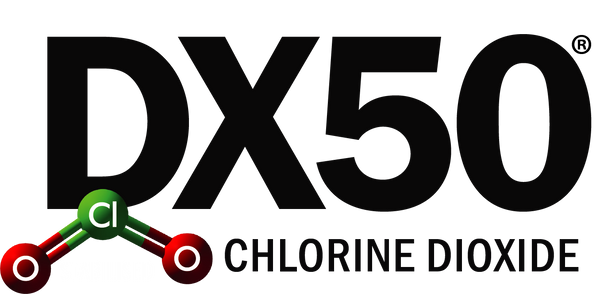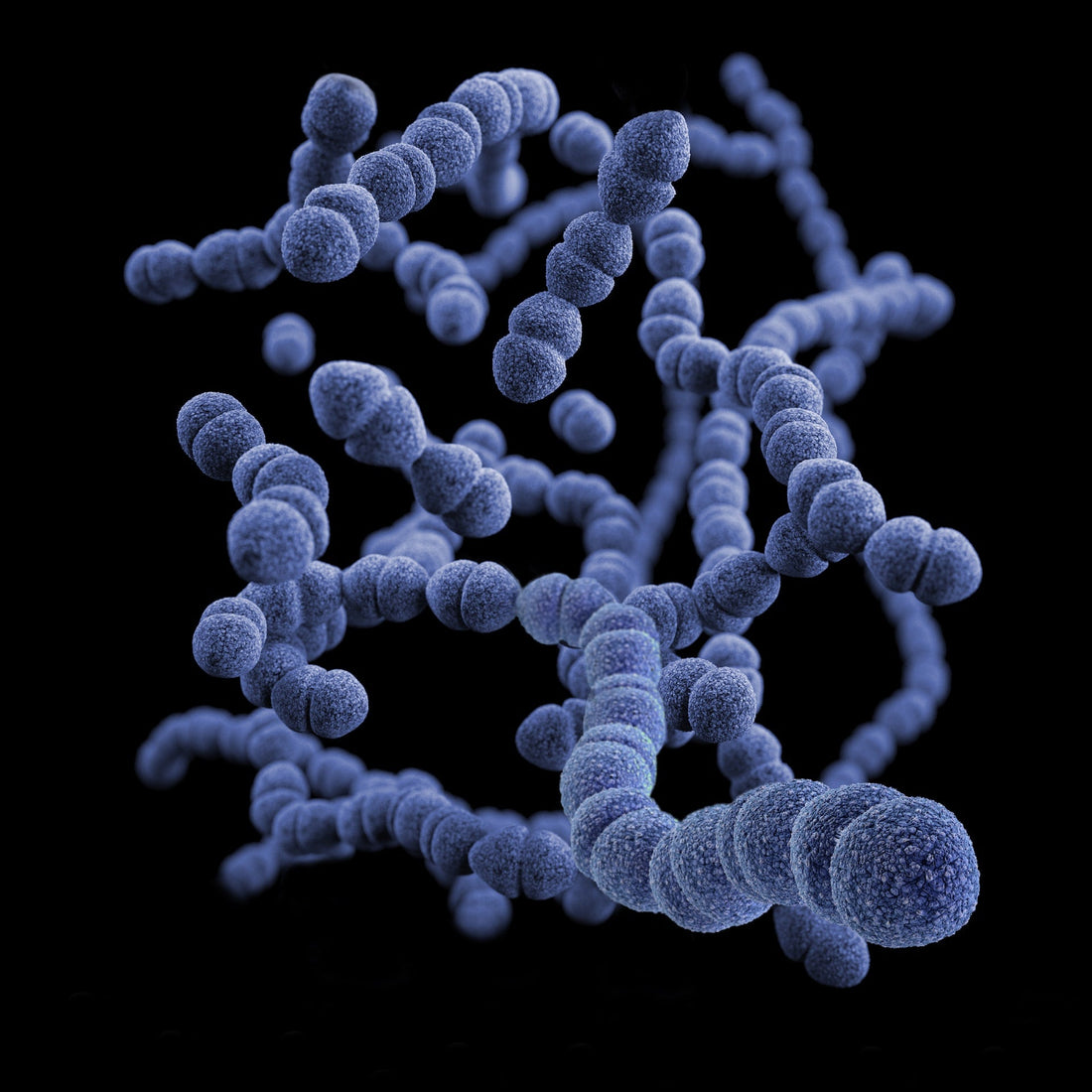The reality is, it’s impossible to completely eradicate unwanted pathogens from our environment. Most of the time they live happily below the ‘economic impact’ line, avoiding detection until the conditions are at optimum levels. Then they explode into action, causing major headaches for industries and those of us wanting clean drinking water.
What, then, is the best way to deal with pathogens? By achieving equilibrium.
Equilibrium is the point where we can happily live alongside the bacteria and fungi, when they go about their business without harming ours, or having any negative impacts on our health.
Live and let live?
Not exactly. While a state of equilibrium sounds peace-loving, we will sometimes need to land catastrophic blows to pathogens in order to achieve that balanced state. But herein lies the problem; it’s not easy to deliver killer blows. Here’s why…
Know thy enemy
Fungi and bacteria have been around forever, adapting to and surviving the most severe habitats on earth, including living deep in the ocean adjacent to volcanic vents and enduring both acidic and alkaline deserts. They can even handle the intense UV and cosmic radiation encountered during space travel.
To say that pathogens are resilient is an understatement.
There’s more bad news
These pathogens have one feature which makes it even harder for us to control them: Biofilm. Biofilm is the protective layer of slime that pathogens are able to produce. This slime acts like a force-field that covers the pathogens, shielding them from chemicals.
Many sanitisers treat water but have no effect on the surface biofilm that can house bacteria such as Legionella pneumophila or E. coli.
Some serious questions
How effective are the standard chemicals and approaches that people are using to control pathogenic fungi and bacteria? Is there an alternative treatment/system which can significantly reduce pathogen levels, without harming the environment or resulting in resistant forms of disease? And is economical?
Very good news
The good news is Chloride Dioxide. Chlorine dioxide (CLO2) is a compound that deactivates pathogens through a very different mechanism than typical chemicals. In aqueous solution, Chlorine Dioxide dissolves the outer cell wall of the target organism, exposing the enzymes that lie beneath the surface. These enzymes control the biochemical reactions within that cell. When Chlorine Dioxide contacts these enzymes, it immediately deactivates them by breaking their chemical chains. With the enzymes ruined, the pathogen is instantly destroyed.
There’s more good news:
Chlorine Dioxide is a Bio-film disruptor. It’s unique mode of action cuts through the biofilm, exposing the bacteria to the deactivating work of the Chlorine Dioxide.
Another advantage of Chlorine Dioxide is that, unlike other bactericides and antibiotics, CLO2 it is not subject to bacterial or fungal resistance. Because CLO2 is broken down to simple Chlorite and Chlorate ions - at extremely low levels, residues are generally below the detectable level, and well below food safety requirements.
Yes, Chlorine Dioxide is effective, but is it safe?
Even though CLO2 is a strong oxidising agent, there are no reports in scientific literature of toxicity by skin contact or ingestion. And with the no residue bonus allows for safe use across many applications.
The Bottom Line?
It now looks like CLO2 is a product that will prove to be extremely useful, and cost effective, in the control of fungal and bacterial pathogens in a wide range of applications. Good news, indeed!

